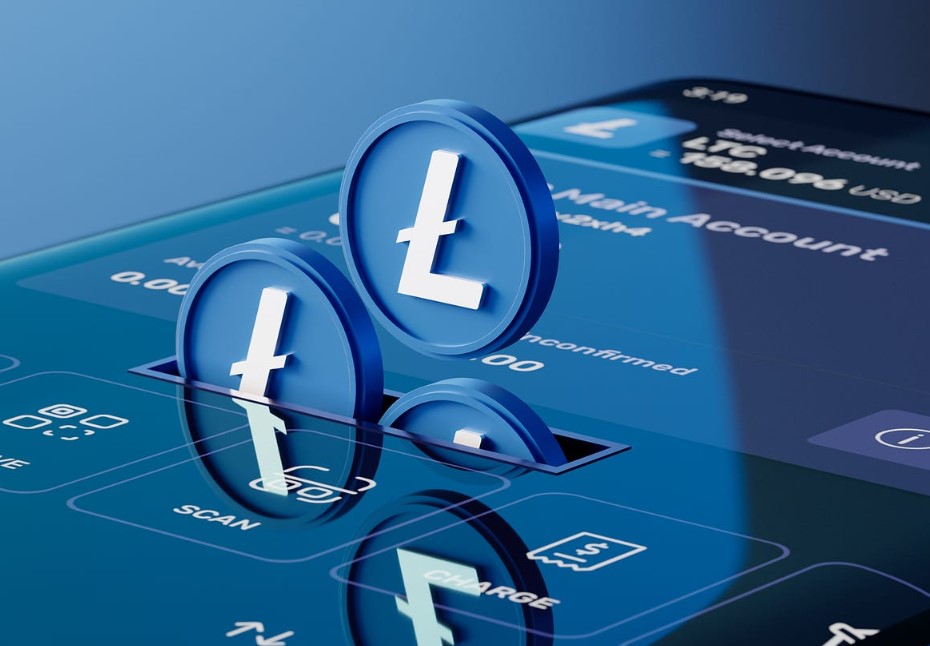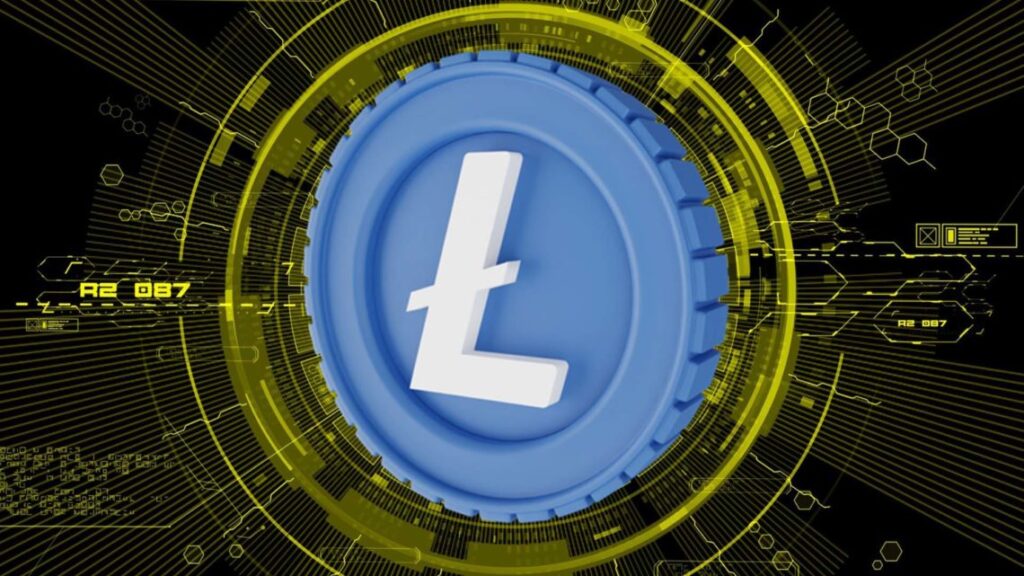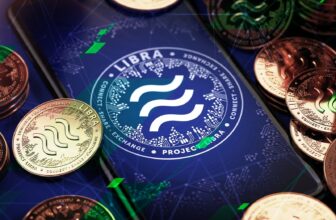
LTC payment method, a nascent financial innovation, represents a remarkable paradigm shift in the realm of digital currencies. LTC, short for Litecoin, is a decentralized cryptocurrency, akin to Bitcoin, but with its unique features.
What is LTC payment method and how does it differ from conventional financial systems? At its core, LTC operates on a blockchain, a distributed ledger technology, ensuring secure and transparent transactions. Litecoin’s hallmark lies in its lightning-fast transaction speeds and lower transaction fees, making it an attractive choice for peer-to-peer transfers and microtransactions.
LTC’s payment method is predicated on cryptographic principles, harnessing Scrypt hashing algorithm for mining. This algorithm enhances the security of transactions by demanding substantial computational power for validation. This unique attribute contributes to Litecoin’s resilience against cyber threats.
Table of Contents
What is LTC (Litecoin)?

Source: cmcmarkets.com
In the realm of cryptocurrencies, Litecoin, often abbreviated as LTC, is a notable player that merits our attention. But what exactly is Litecoin, and how does it fit into the broader landscape of digital currencies?
Litecoin, much like its precursor Bitcoin, is a decentralized cryptocurrency. It operates on a blockchain – a distributed ledger technology that records all transactions transparently and securely. This blockchain is the foundation of LTC’s payment method.
One of Litecoin’s distinguishing features is its lightning-fast transaction speeds. When compared to Bitcoin, LTC transactions typically confirm much more quickly. This speed is primarily attributed to its shorter block generation time, which is just 2.5 minutes as opposed to Bitcoin’s 10 minutes.
Another compelling aspect of Litecoin is its lower transaction fees. These fees make LTC an attractive choice for peer-to-peer transactions and microtransactions. It’s often considered a practical alternative to Bitcoin for day-to-day financial activities.
Underlying Litecoin’s security is the Scrypt hashing algorithm, which differs from Bitcoin’s SHA-256. Scrypt’s unique computational requirements make it more resistant to ASIC mining, thus enhancing the security of the network.
Litecoin, denoted by LTC, is a cryptocurrency that embodies speed, cost-efficiency, and robust security. Its rapid transaction processing and lower fees set it apart in the crypto arena, making it a noteworthy player in the world of digital finance. Keep an eye on Litecoin as it continues to evolve and shape the future of decentralized currencies.
Understanding Payment Methods

Source: bitcoinist.com
Payment methods have evolved significantly over the years, with the emergence of digital currencies like LTC (Litecoin) adding a new dimension to financial transactions. To comprehend the significance of LTC payment method, let’s delve into the broader understanding of payment methods.
Traditional payment methods, such as cash and checks, have long been the cornerstone of financial transactions. These methods are tangible and widely accepted, but they lack the efficiency and speed of their digital counterparts.
In contrast, digital payment methods have gained prominence due to their convenience and speed. Cryptocurrencies, like LTC, represent a revolutionary stride in this digital realm. They function on decentralized networks, employing cutting-edge blockchain technology to facilitate secure, peer-to-peer transactions.
What sets LTC payment method apart is its lightning-fast transaction processing, thanks to a shorter block generation time of 2.5 minutes. This agility makes LTC ideal for everyday financial activities and international transfers, reducing the need for intermediaries and associated fees.
Moreover, the lower transaction fees of LTC make it an attractive choice for various purposes, from remittances to online purchases. This affordability, combined with security features like the Scrypt hashing algorithm, enhances LTC’s appeal.
Payment methods have undergone a transformative journey, transitioning from cash to digital currencies like LTC (Litecoin). Understanding these methods is vital in navigating the modern financial landscape, where speed, security, and efficiency are paramount. As cryptocurrencies continue to shape the future of payments, Litecoin stands as a prominent contender, offering a glimpse into the evolving world of digital finance.
What is LTC Payment Method?

Source: nulltx.com
The LTC payment method, centered around Litecoin, is a compelling facet of the evolving digital finance landscape. To grasp its essence, let’s delve into the specifics of this innovative payment approach.
LTC (Litecoin), a decentralized cryptocurrency akin to Bitcoin, serves as the foundation for this payment method. Litecoin’s distinguishing features lie in its rapid transaction processing and cost efficiency.
At its core, the LTC payment method relies on blockchain technology, a decentralized ledger that records all transactions transparently and securely. This technology ensures that every LTC transaction is traceable, immutable, and resistant to tampering.
One standout feature of LTC is its lightning-fast transaction speeds, enabled by a mere 2.5-minute block generation time. This swiftness makes LTC an appealing choice for day-to-day financial transactions and cross-border remittances.
Another advantage is lower transaction fees, making LTC particularly attractive for microtransactions and low-value transfers. This affordability reduces the friction associated with conventional payment methods.
Underpinning LTC’s security is the Scrypt hashing algorithm, which enhances its resistance to cyber threats and makes it a robust choice for secure transactions.
The LTC payment method leverages the power of Litecoin to offer a seamless, fast, and cost-effective way to conduct digital financial transactions. Its incorporation of blockchain technology and unique features sets it apart in the ever-evolving landscape of digital currencies, making it an essential player to watch in the world of modern finance.
How Does LTC Payment Method Work?

Source: thecoinrepublic.com
Understanding the mechanics of the LTC (Litecoin) payment method is essential for those looking to embrace the world of digital currencies. Let’s delve into the intricate workings of this innovative financial system.
At its core, the LTC payment method relies on Litecoin, a decentralized cryptocurrency. Transactions within the Litecoin network are facilitated by a distributed ledger technology known as blockchain. This blockchain is a public, tamper-resistant ledger that records all LTC transactions.
The process of an LTC payment begins with the sender initiating a transaction. The sender’s Litecoin wallet generates a transaction request, specifying the recipient’s wallet address, the amount to be transferred, and any transaction fees. This request is then broadcast to the Litecoin network.
Miners, individuals or entities with specialized hardware, play a pivotal role in validating and recording these transactions. They group multiple transactions into a block and use the Scrypt hashing algorithm to solve complex mathematical puzzles. The first miner to solve the puzzle gets to add the block to the blockchain, and in return, they receive newly created Litecoin and transaction fees as rewards.
The speed at which transactions are confirmed on the Litecoin network is noteworthy. With a block generation time of just 2.5 minutes, Litecoin transactions are processed significantly faster compared to Bitcoin, which takes 10 minutes per block.
Furthermore, the LTC payment method offers the advantage of lower transaction fees. These fees are typically minimal, especially for smaller transactions, making LTC an attractive option for microtransactions and day-to-day spending.
Here we are at the end of this article that as about what is ltc payment method in summary, the LTC payment method leverages Litecoin’s blockchain technology, utilizing miners and the Scrypt hashing algorithm to facilitate fast, secure, and cost-effective digital transactions. As cryptocurrencies continue to reshape the financial landscape, understanding how LTC works is pivotal for anyone seeking to navigate this exciting frontier.







